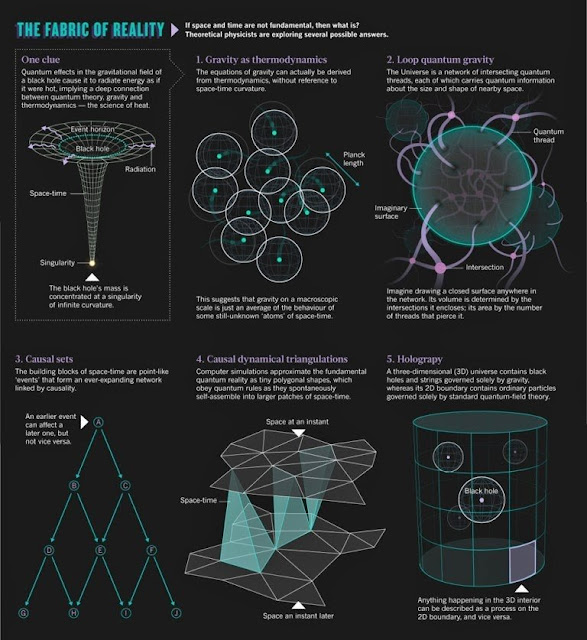History of Earth
The history of Earth concerns the development of planet Earth from its formation to the present day.Nearly all branches of natural science have contributed to understanding of the main events of Earth's past, characterized by constant geological change and biological evolution . The geological time scale (GTS), as defined by international convention,depicts the large spans of time from the beginning of the Earth to the present, and its divisions chronicle some definitive events of Earth history. (In the graphic: Ga means "billion years ago"; Ma , "million years ago".) Earth formed around 4.54 billion years ago, approximately one-third the age of the universe , by accretion from the solar nebula . Volcanic outgassing probably created the primordial atmosphere and then the ocean, but the early atmosphere contained almost no oxygen . Much of the Earth was molten bec...


